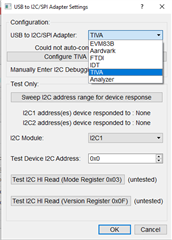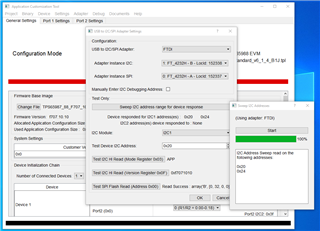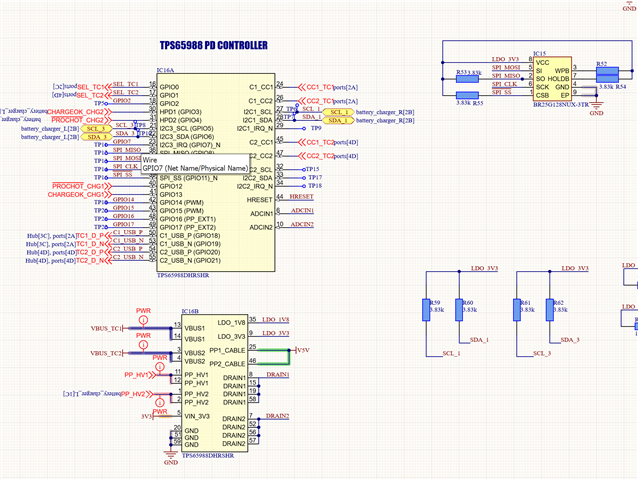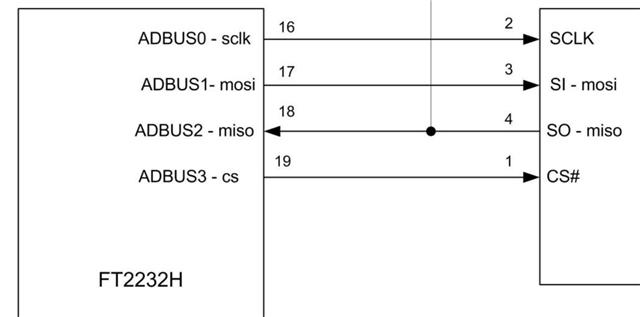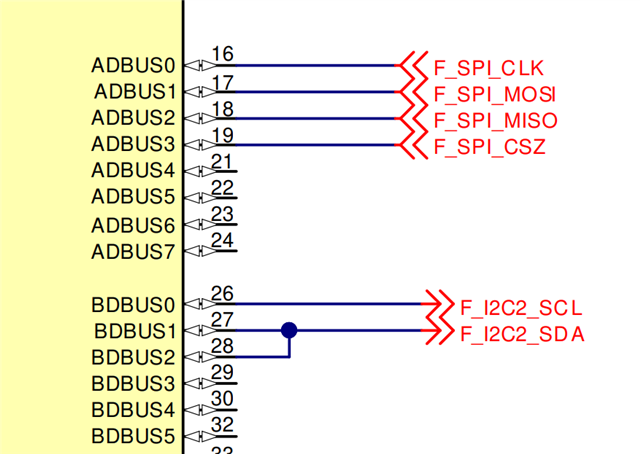Hello experts, Happy New Year, I have look in the forum but couldn't find the same situation:
I have a custom board for the TPS65988, I am using a SPI memory and a FTDI FT232HQ adapter with the intention to program the flash memory.
But when I try I receive the error:
Exception Encountered during SPI Flash to Device:*** ERROR in FTDI call (I2C_OpenChannel), status: 1
<type 'exceptions.Exception'>
Detail:
Traceback (most recent call last):
File "dialogWindow.pyc", line 5073, in flash_device
File "hw_interface.pyc", line 186, in hw_open
Exception
I don't know if is an error resulting of a wrong connection of the SPI or a conflict between the Flash, TPS and the FTDI. If you could give me some orientation I would be glad.
The program I am using to send the data to the flash is the Application Customization Tool.
Regards
Tomas


